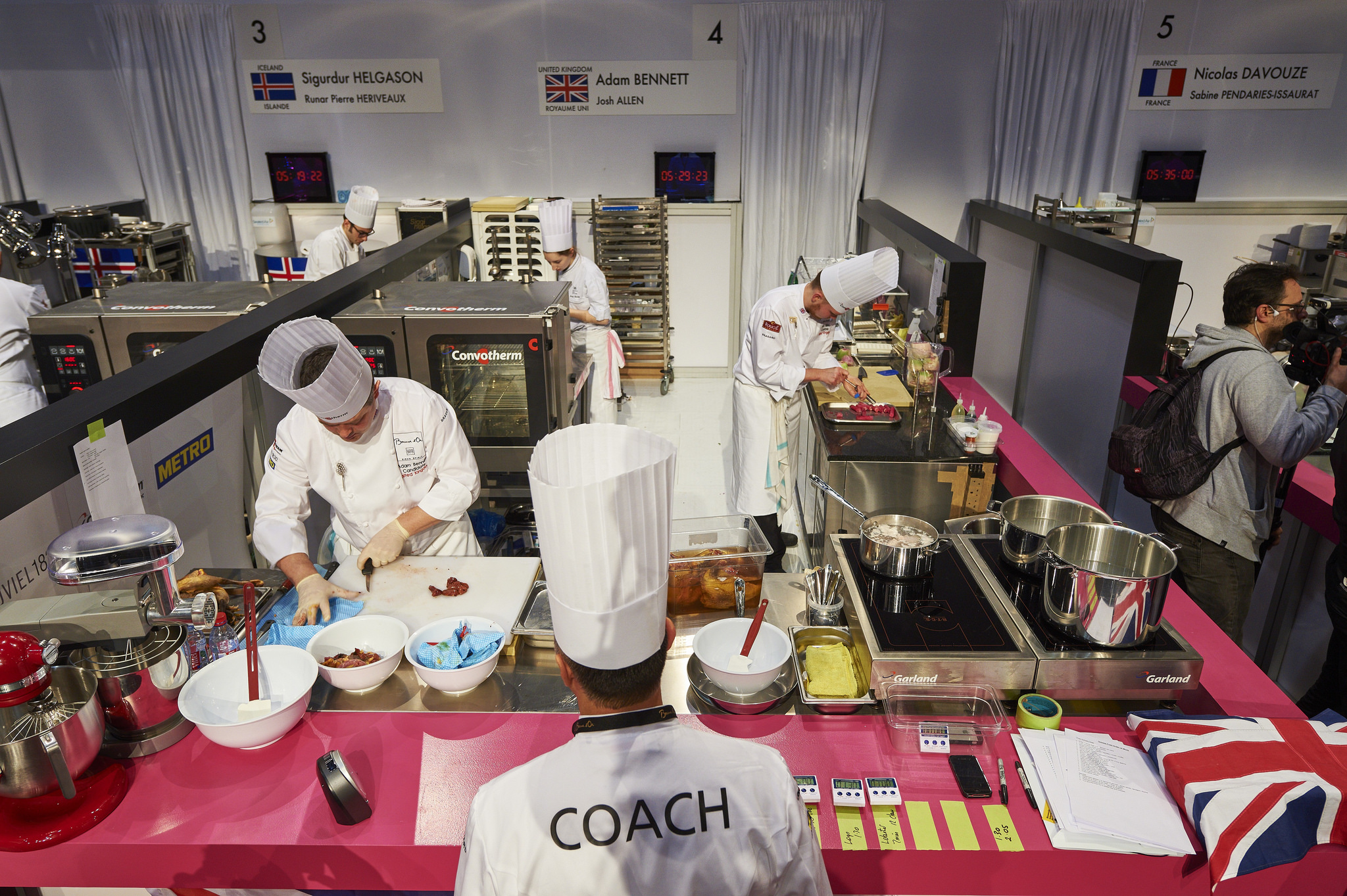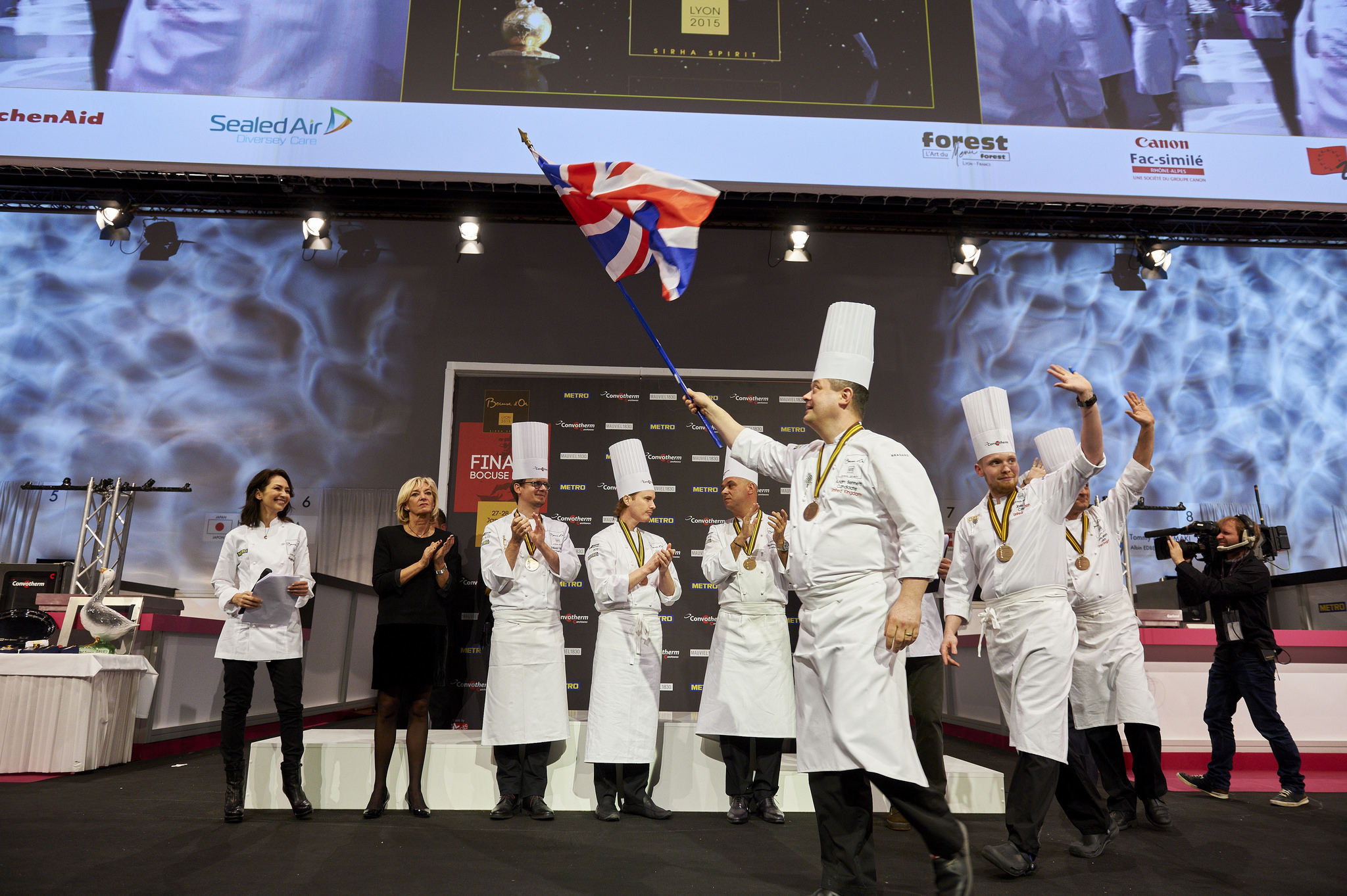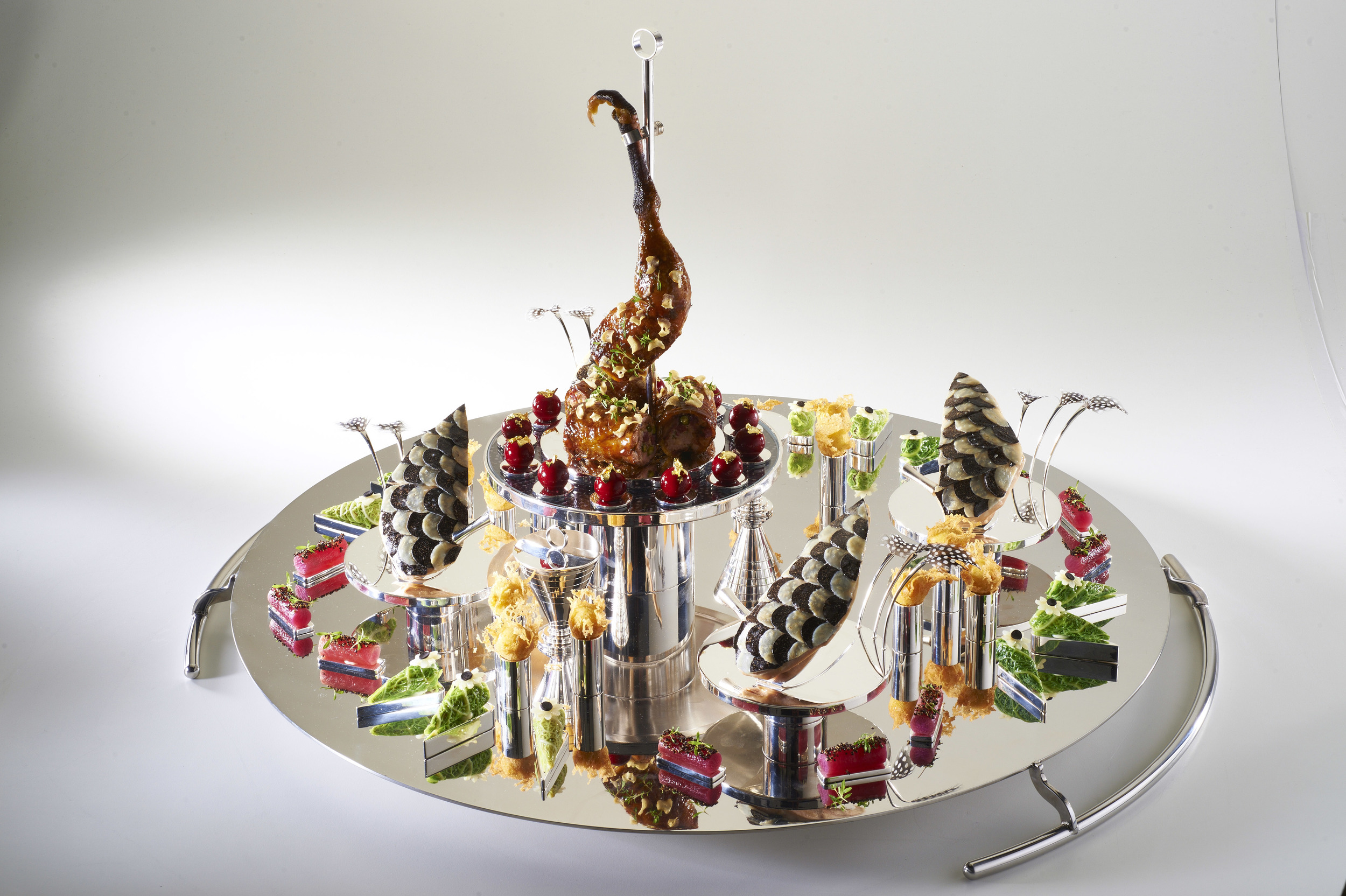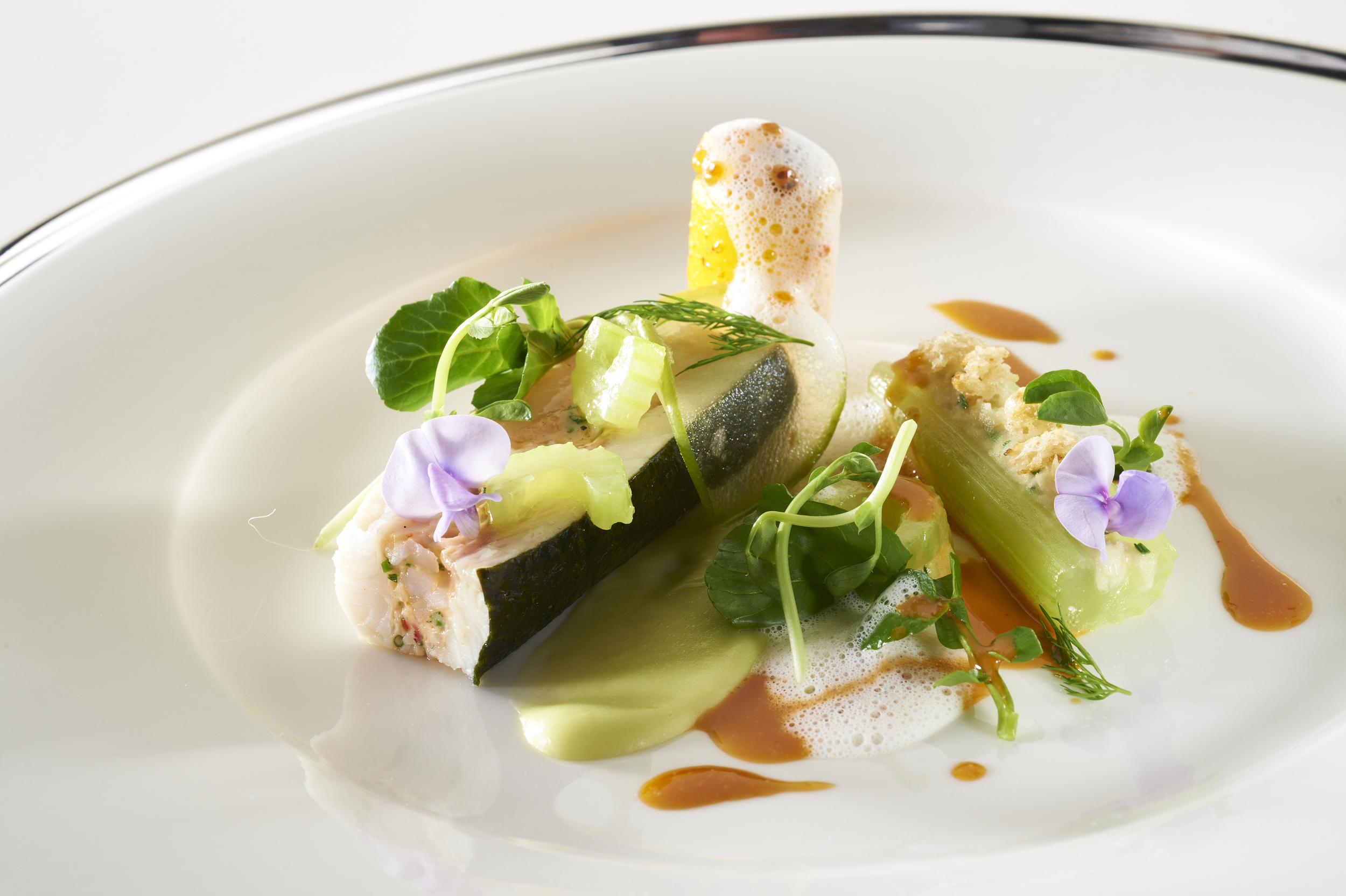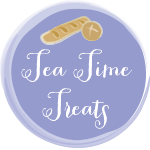If you're trying to be more conscious of what you're eating and the effect of your diet on your teeth and overall health, you may be struggling to find enjoyable snacks that feel satisfying and sinfully delicious.
This is a common problem for many people who wish to have a healthier diet but are struggling to compensate for the lack of sweet treats available to them. We've compiled a list of 5 treats that are surprisingly good for your pearly whites, while also taking care of your sweet tooth.
#1 Dark Chocolate
Dark chocolate is well-known for containing lower levels of sugar than milk chocolate. Its flavor is somewhat more bitter, but the upside is that it’s also significantly healthier and more filling. Dark chocolate also contains noticeable levels of theobromine, an alkaloid that comes from the cacao plant and provides numerous health benefits.
As well as being good for your heart, brain, and for reducing inflammation levels, theobromine is also fantastic for your bones and teeth. Over 140 times less concentrated than fluoride, it happens to provide twice the amount of protection. Scientists who have witnessed its effects have also said that teeth exposed to theobromine suffer 10% less damage than those using fluoride.
In fact, theobromine happens to be very similar to caffeine in structure, meaning that it provides adequate energy depending on the amount consumed. It's also one of the active ingredients in Yerba Mate, the hot beverage of choice in Argentina.
Another thing worth noting about theobromine in dark chocolate, is that you'll find a significantly larger amount of it in darker chocolate. That is to say, the darker the chocolate, the higher the levels of theobromine. Who says you can't enjoy chocolate while also caring for your teeth?
#2 Sugar-Free Gum
Recent scientific studies have provided surprising results, as well as an interesting conclusion: chewing sugar-free gum for 20 minutes after meals can significantly reduce the damage caused by tooth decay.
The power of chewing sugar-free gum can be traced to the saliva caused by chewing. Saliva is the body's way of naturally fighting off bacteria, and the amount produced from chewing a single stick of gum will keep teeth naturally clean in between brushes.
While sugar-free gum is better for your teeth and gums than the regular type, it still manages to retain its sweetness thanks to xylitol. Xylitol is a product derived from birch bark, which not only tastes good but also prevents excess bacteria from lingering and sticking to your teeth.
In order to encourage good oral hygiene, we'd recommend that you chew sugar-free gum after every large meal when you can’t brush. This will encourage a healthy environment for your teeth and gums that otherwise might be completely absent.
#3 Yogurt
Organic whole-milk yogurt is not only full of healthy nutrients and vitamins, it also happens to be very good for your teeth. One of the many benefits of eating it is that it provides a special kind of bacteria which will help to fortify and protect your teeth and gums. Beyond that, whole-milk yogurt tends to be gentle on the stomach while still feeling like a treat.
#4 Raisins
Your mother probably tried to coax you into eating fruit during painful moments of your childhood, often using lines like "Fruit is nature's candy." We all know, however, that fruit pales in comparison to high-sugar candy and treats in terms of satisfying the ol' sweet tooth.
One of the pleasant exceptions to this rule is raisins. They taste good, are affordable year-round, and also contain high levels of fiber. Additionally, one of the active components is oleanolic acid, which has antibacterial properties that protect your teeth from detrimental plaque.
#5 Cheese
For most, eating cheese often feels like an against-the-rules treat. So, if you're someone who loves to partake in sampling dairy's delight every now and again, you'll also be pleased to know that it's actually surprisingly good for teeth.
The dental benefits of cheese can be put down to Casein, which is a protein that both protects the enamel and also wears down the resistance of bacteria in the mouth.
#6 Honorary Mention: Tingz
While they're only currently available in the UK, Tingz are health-focused sweet treats for kids that opt for xylitol rather than sugar (just like the sugar-free gum mentioned above). They’re definitely worth checking out if you're looking for healthier treats for your young ones!
Taking care of your teeth should be a constant consideration, and you should always try to avoid going overboard with sugar-heavy treats. The added benefit of eating foods that are good for your teeth is that you'll also improve your diet and feel healthier overall. Talk about positive results!

